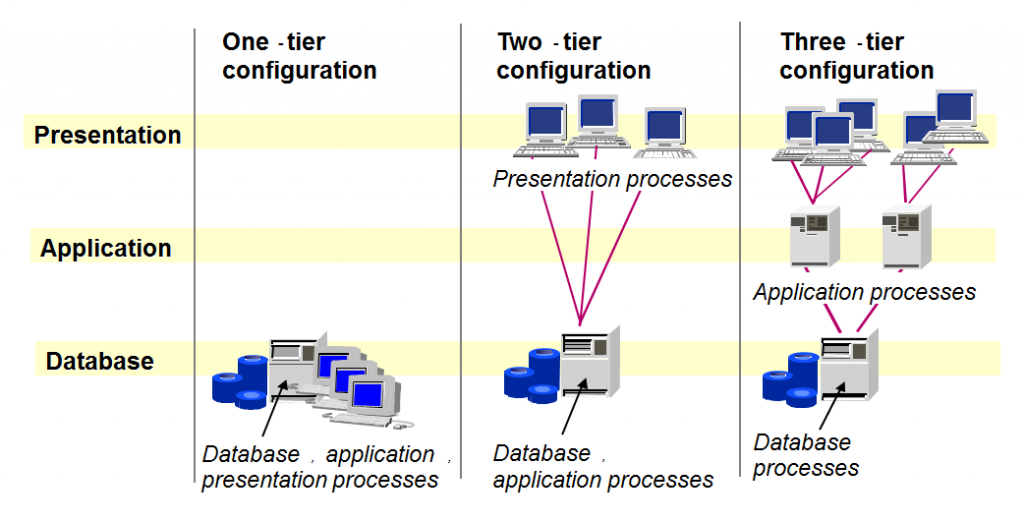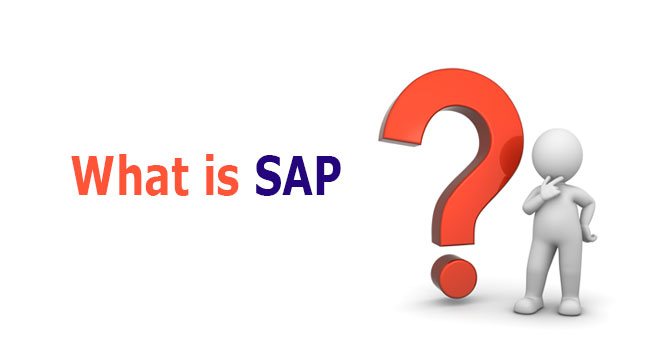What is SAP?
SAP is one of the world’s leading producers of software for the management of business processes, developing solutions that facilitate effective data processing and information flow across organizations,what is SAP and how it works?.
Founded in 1972, the company was initially called System Analysis Program Development (Systemanalyse Programmentwicklung), later abbreviated to SAP. Since then, it has grown from a small, five-person endeavour to a multinational enterprise headquartered in Walldorf, Germany, with more than 101,000 employees worldwide.
With the introduction of its original SAP R/2 and SAP R/3 software, SAP established the global standard for enterprise resource planning (ERP) software. Now, SAP S/4HANA takes ERP to the next level by using the power of in-memory computing to process vast amounts of data and to support advanced technologies such as artificial intelligence (AI) and machine learning.
The company’s integrated applications connect all parts of a business into an intelligent suite on a fully digital platform, thereby replacing the process-driven, legacy platform. Today, SAP has more than 230 million cloud users, more than 100 solutions covering all business functions, and the largest cloud portfolio of any provider.
Christian Klein (40) leads the company, heads up the Executive Board of SAP SE, and, at 40, is the youngest CEO of any major enterprise on Germany’s DAX blue-chip market index.
SAP software products provide powerful instruments for helping companies to manage their financials, logistics, human resources, and other business areas. The backbone of SAP software offering is an SAP ERP system which is the most advanced Enterprise Resource Planning (ERP) system from currently available ones.
How Does SAP Work?
SAP software products provide powerful instruments for helping companies to manage their financials, logistics, human resources, and other business areas. The backbone of SAP software offering is an SAP ERP system which is the most advanced Enterprise Resource Planning (ERP) system from currently available ones. SAP has evolved to offer application software for supporting complex business functionality and in this post, we are going to explain (on a high level) how does SAP work.
SAP System Architecture
It is a good idea to start answering the question “How Does SAP Work?” with a discussion of what the components of an SAP ERP system are, how they are related to each other, and what are their purposes. We should mention that SAP ERP is not the only SAP software component. There are other business application components such as Business Intelligence (BI), Supply Chain Management (SCM), and Customer Relationship Management (CRM). However, in this article, we are going to focus on SAP ERP because it is the primary component and provides capabilities for integrating business data from other application components.
SAP ERP system is commonly structured in a three-tier client/server architecture. The three-tier architecture is the recommended one because it enables high scalability and flexibility but SAP can also be deployed on two- and one-tier architectures. Figure 1 provides a graphical illustration of the differences between these architectures.

In the three-tier SAP architecture, the presentation tier provides the interface to the user, the application tier processes the business logic, and the database tier stores the business data.
The Presentation Tier
The presentation tier is typically located on PCs of business users and provides the SAP Graphical Interface (SAP GUI). SAP GUI is a lightweight application that can be installed on any computer running MS Windows or Mac OS and it provides the interface for communication between the user and the SAP ERP system.
The Application Tier
The application tier is basically the heart of the SAP ERP system. It executes the business logic, responsible for processing client transactions, print jobs, running reports, coordinating access to the database, and interfacing with other applications. It is possible to distribute the application logic between several server machines in situations when the load exceeds processing power of a single server.
The Database Tier
The database is used for storing two types of objects: the business-generated data and the SAP application programs. The business-generated data represents data objects created by users as part of various business processes. For instance, sales orders or customer master records are classified as the business-generated data. SAP application programs are routines written in ABAP (special programming language used in SAP) that are loaded into the SAP application servers from the database at runtime.
It is possible to use databases from different vendors (for instance, Oracle or Microsoft) and it is up to the company to decide which database vendor to choose. Usually, the database license is included into the price of SAP. The database tier has the highest requirements for availability, reliability, and performance because usually each SAP system is deployed on one database instance. Therefore, performance of the database tier ultimately determines the scalability of the entire SAP ERP installation.
There are situations when three tiers can be reduced to two or one. The possibility of these situations depends on available processing power and number of business users. For example, it is possible to install all three SAP tiers on a single computer for demo purposes. On the other hand, large SAP productive installations require multiple powerful servers for each of the tiers in order to ensure good performance of the SAP system.
Above these tiers, SAP architecture can be further segmented into several application modules. Each module contains the SAP application programs and business data related to a specific business area such as financial accounting (FI) or materials management (MM). Figure 2 illustrates the application modules which are included in the SAP ERP system.
What is SAP software used for?
Traditional business models often decentralize data management, with each business function storing its own operational data in a separate database. This makes it difficult for employees from different business functions to access each other’s information. Furthermore, duplication of data across multiple departments increases IT storage costs and the risk of data errors.
By centralizing data management, SAP software provides multiple business functions with a single view of the truth. This helps companies better manage complex business processes by giving employees of different departments easy access to real-time insights across the enterprise. As a result, businesses can accelerate workflows, improve operational efficiency, raise productivity, enhance customer experiences – and ultimately increase profits.
Summary
In this post, we attempted to explain how does SAP work. We tried to avoid difficult technical details and keep the explanation easy for understanding. We first had to describe SAP architecture and various components of the system. Next, we explained and illustrated with a simple example how these components work together and support business processes of an enterprise. Your feedback is very important for us, so if you liked the article, please bookmark it in social networks and leave a comment below.

Pingback: Ayoshya Technology | Industry Use Cases For SAP BRIM